Sunday, April 10, 2011
At the beginning of the fourth week the team on Umm el-Biyara was already considering the few days remaining to finish up the trenches and drawings. The trenches had to be finished and secured within three days, and the last days were reserved for cleaning up the excavation and camping site and carry down the equipment. The measurement grid on Umm el-Biyara was also established and secured.

On Friday and Saturday the team of the International Aslah Project had arrived at the Nazzal’s camp. Laurent Gorgerat and Aurélie Guet from Basel, Sebastian Hoffmann from Berlin, and Robert and Wiltrud Wenning from Münster. The were occupied during the whole weekend to prepare their excavation stuff and site near the Bab es-Sik. On Saturday evening their hopes were very high, that this will become an even better season than last year.
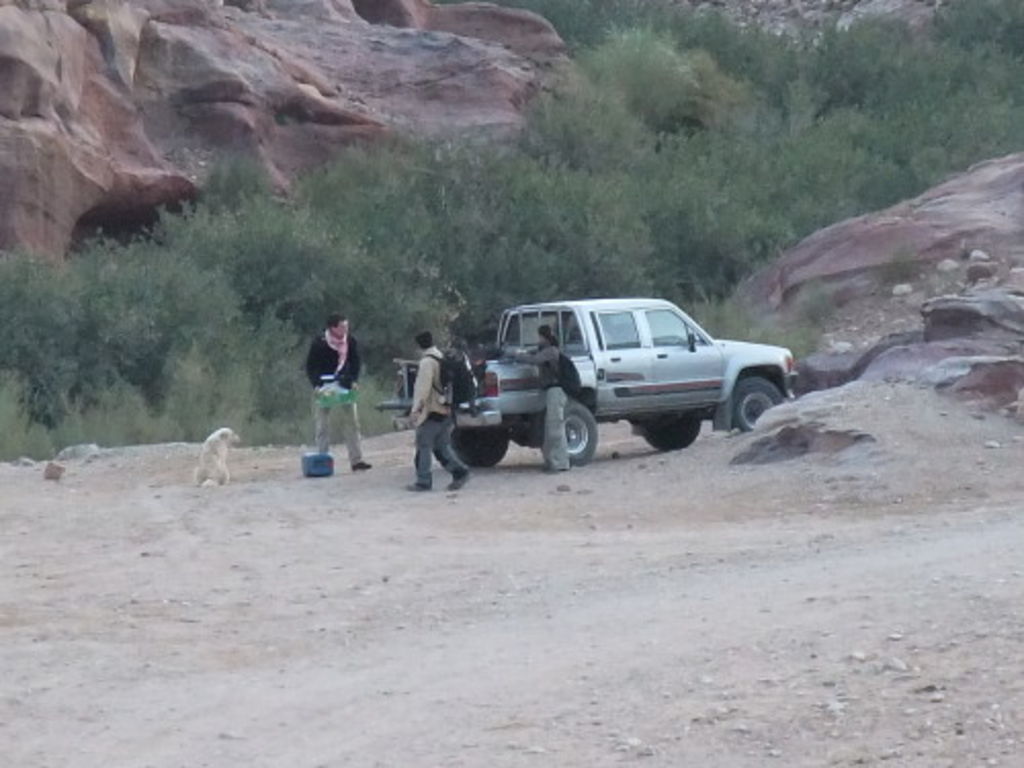
The second team that had arrived during the weekend was the team of the International Khubta Tombs Project, lead by Lucy Wadeson from Oxford. She was accompagnied by Émilie Prost from Amman. They had their excavation stuff and site preparared by Saturday evening too, and were very excited to start work the next morning.
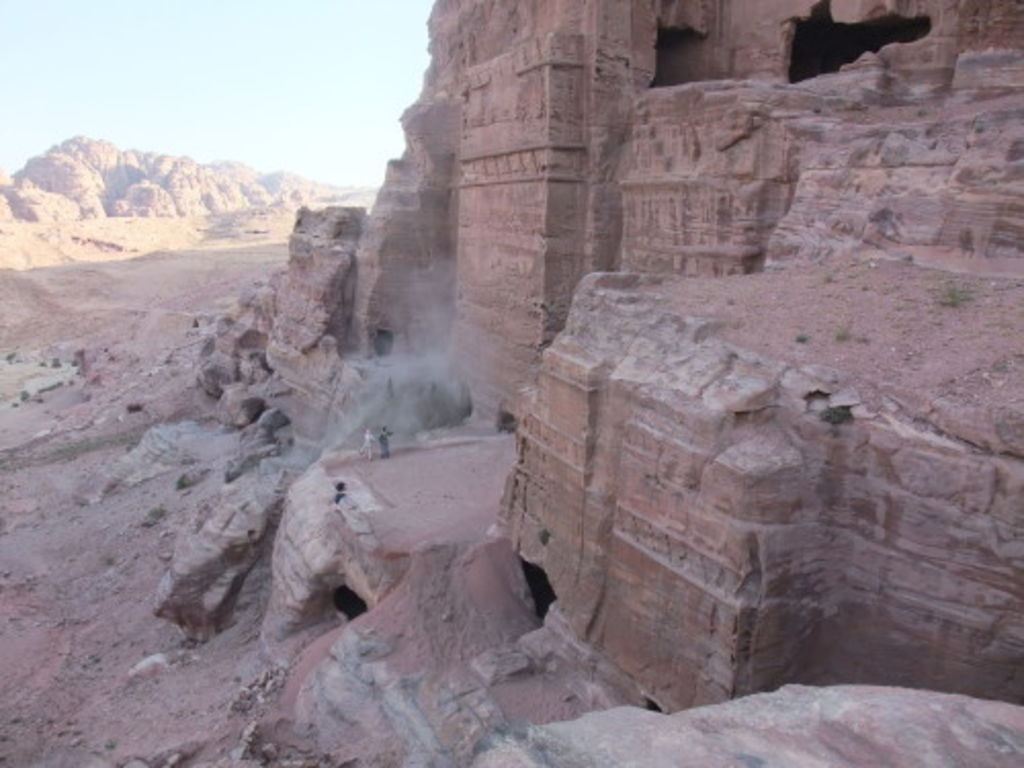
Monday, April 11, 2011
During the last days of work on Umm el-Biyara, a lot of video recordings and interviews were taken by Magnus Roth. He is the responsible man for the design of the forthcoming Petra exhibition in the Antikenmuseum at Basel. There was nothing he did not try to get the right feeling about the nature and the spirit of Petra. He even stayed one night in the cave tent on Umm el-Biyara (and cooked a very delicious meal).
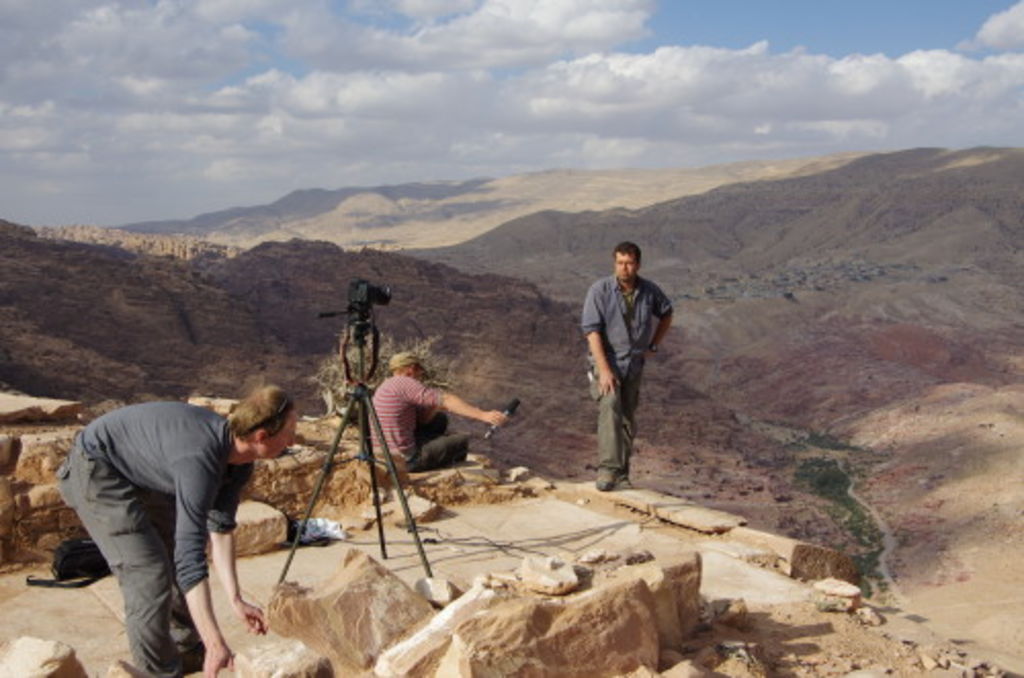
The team at the Khubta tombs had two separate areas to work on. The purpose of one of them was to see, if there are any structures directly in front of one of the graves. The supports for arches carved into the side wall indicate that there must have been some kind of vaulted room (or maybe a cistern) directly to the side of the tomb’s entrance.

Meanwile at the Aslah site the excavation site was prepared for the heavy work. Luckily the plateau lies a little bit above and away from the tourist streams, which were increasing these days due to the upcoming easter holidays. For the archaeologist there is nothing more frightening than a group of disorientated tourists stampeding throught the barrier tape, falling into the trenches and ripping down the nicely cleaned cut.
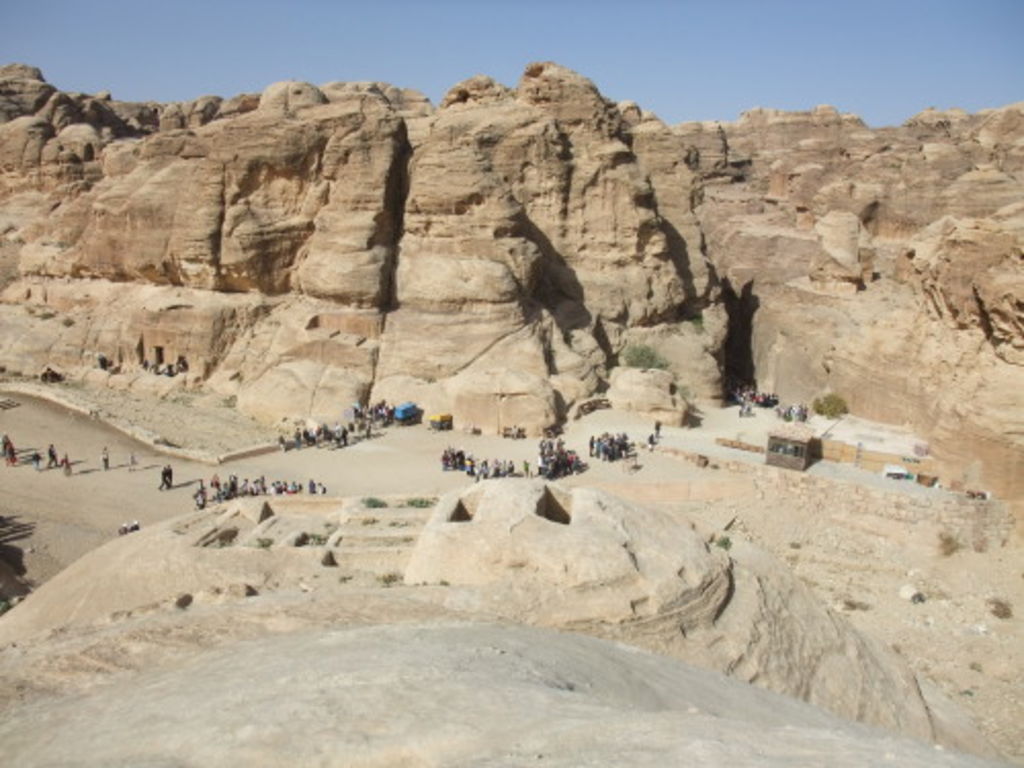
Tuesday, April 12, 2011
During the morning of Tuesday the sky above Umm el-Biyara was getting dustier and dustier. Looking towards the Wadi Araba did not promise something nice to happen. The harsh wind was gaining force and turned into a hevay sandstorm. Work was almost impossible, if one was not hiding savely in the trench or covering up body and wrapping the head into a cap or a hatta. As quickly as the sandstrom had turned up, he disappeared, and the sun was shining again.
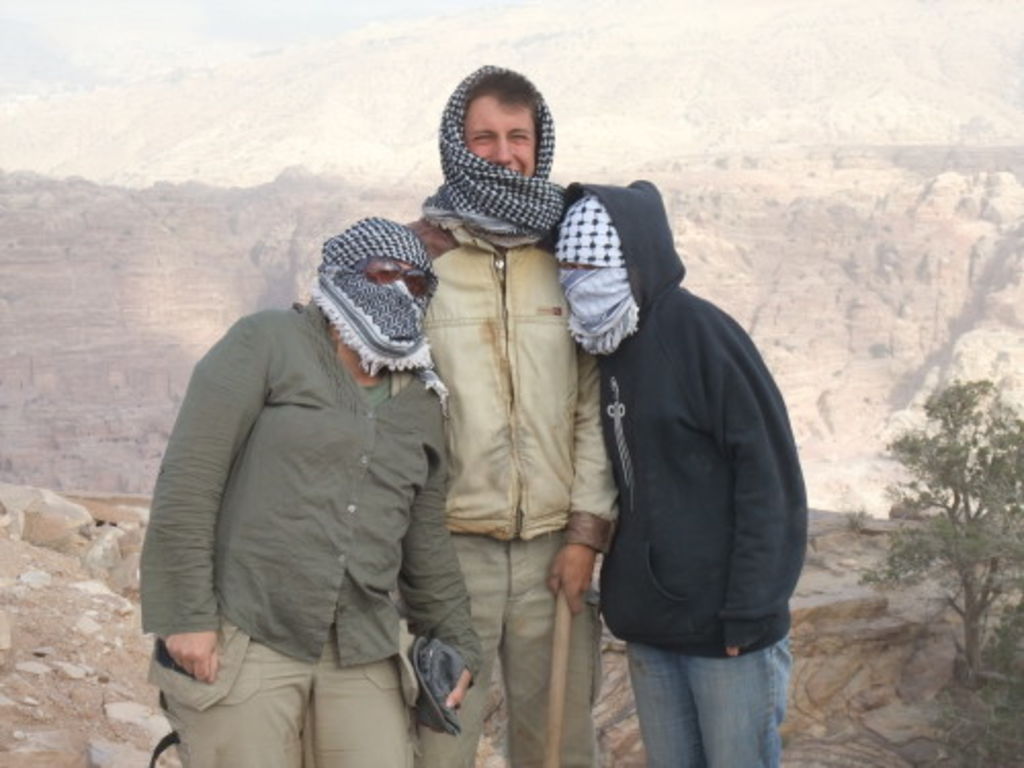
The second, much heavier work to do at the Khubta tombs was to clean off all the donkey and goat shit accumulated inside one of the tombs over many years. As the dust ist very aggressive to the lungs, the workmen have to hack it and shovel it into the barrow very carefully, and the covering of the mouth with the hatta is essential.

The work at the Aslah continued as usual. Outside the tomb work continued along the structures discovered last year. The aim is to clean all of them, in order to get a full insight of the walls and bedrock cuttings. Inside the tomb, the cleaning of the floor revealed a shaft grave in front of the main niche, which will be carefully excavated and might bring further evidence for the dating of the complex.
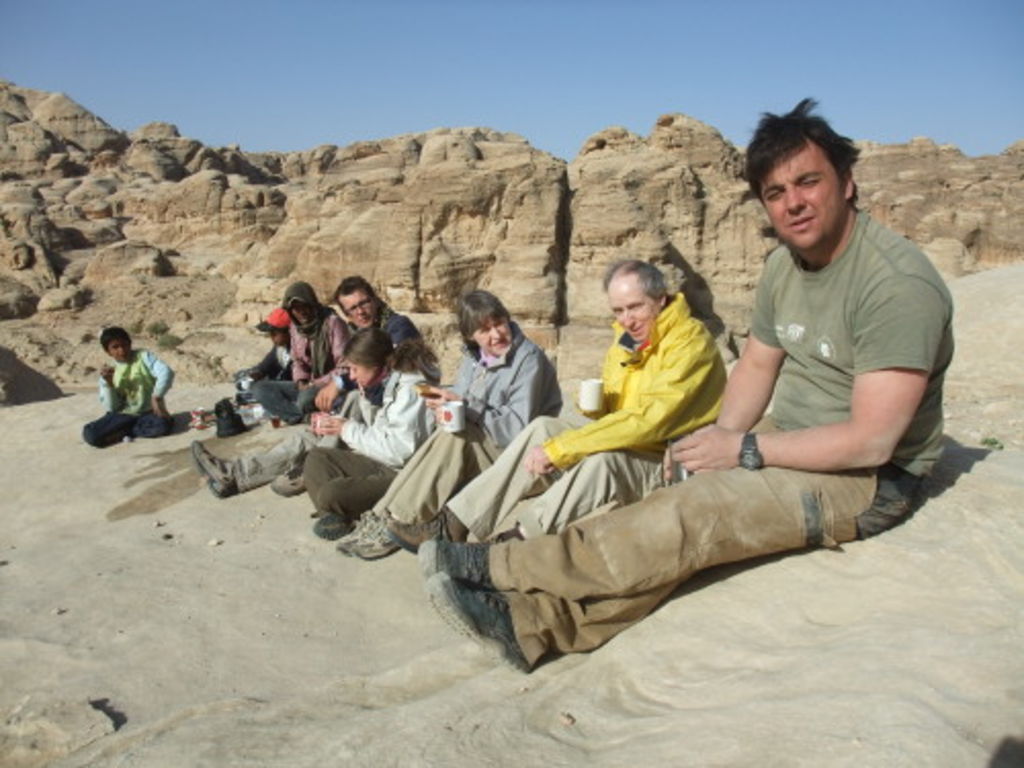
Wednesday, April 13, 2011
The excavations on Umm el-Biyara are close to the end. It is therefore the last opportunity for the members of the other teams to climb up and glance at the structures discovered this year. As it characteristic for a Swiss (and also for a German) excavation the site has been cleaned up and the stones have been arranged nicely. The refilling of the trenches is still under discussion, but to in order to save the nice floor slabs and the hypocaust room there seems to be no other way. Restauration in this area with not many tourist visiting the site does not seem a valuable alternative.

Meanwhile at the Khubta tombs, Lucy Wadeson and Émilie Prost not only had a lot to do in keeping up the workmen’s good spirit (they were still cleaning all the shit in the tomb), but also with ravaging donkeys, that started to eat the documentation sheets. It is not quite clear, if they disagreed with the documentation itself or if they just looked at it as a second breakfast.
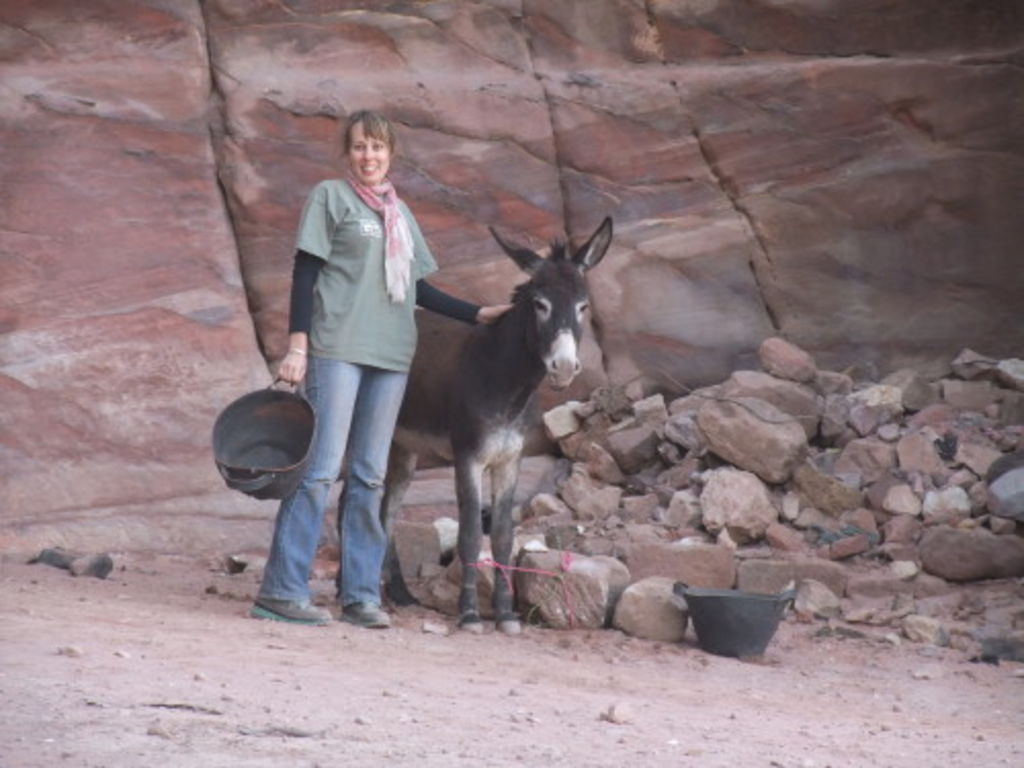
At the Aslah excavation Laurent Gorgerat had to handle with a reduced team: the Wennings took the morning off to climb up Umm el-Biyara and Aurélie Guet had to fight against the usual stomach problems, that everybody gets during the first days in Petra. Luckily he had the assistance of Jana Falkenberg and Thomas Kabs, who efficiently leveled the entire area.

Thursday, April 14, 2011
Well, and there he was: the last day of this year’s Umm el-Biyara excavations. The entire equipment has been packed and put together for the donkeys to carry it down to Nazzal’s camp. Everybody sat together for the last time time, drank another cup of decently sugared tea and talked about all the experiences and good stories that had happened during the four weeks. A little bit of sadness was noticeable, as the team was walking down for the last time the many steps of Umm el-Biyara. But, work will continue next year ... inshallah!

At the Khubta tombs work continued as usual. The tomb has finally been cleaned entirely, but surprisingly just a few shaft graves cut into the floor came to light. They will be excavated carefully next week. Outside the other tomb work continued further downwards. As there is a lot of sand to move, this trench will consume up a lot of time.
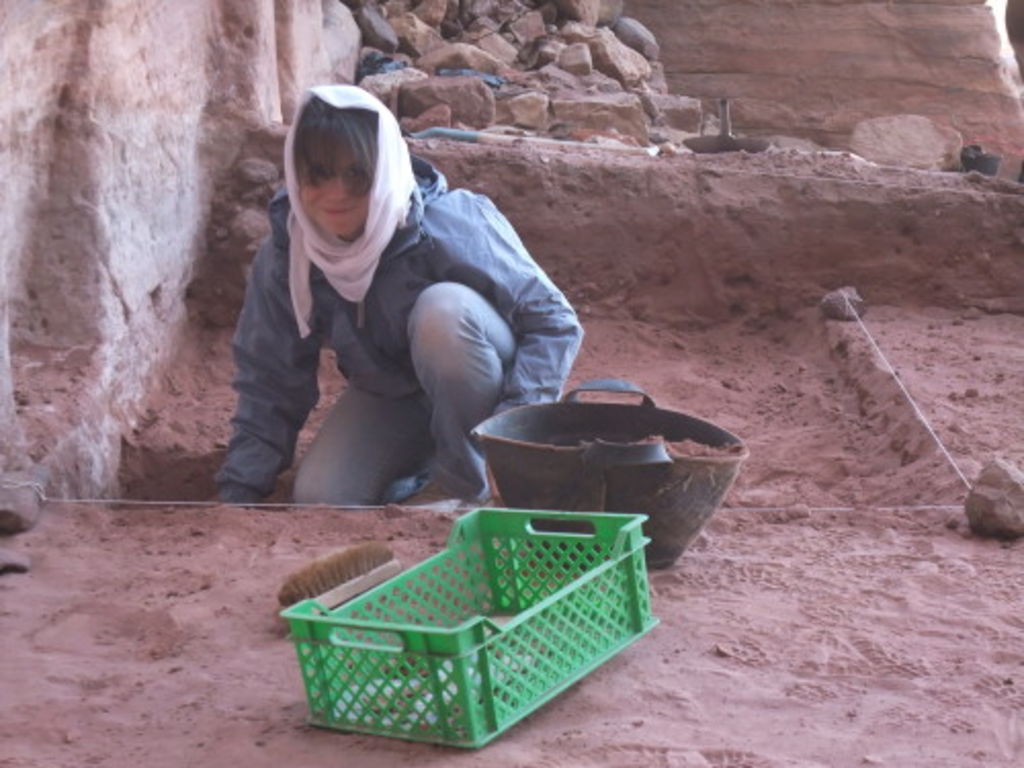
At the Aslah complex the team was again complete on the last day of the week, so work continued as usual. As a lot of earth has to be moved, first results can not be excpected until next week.
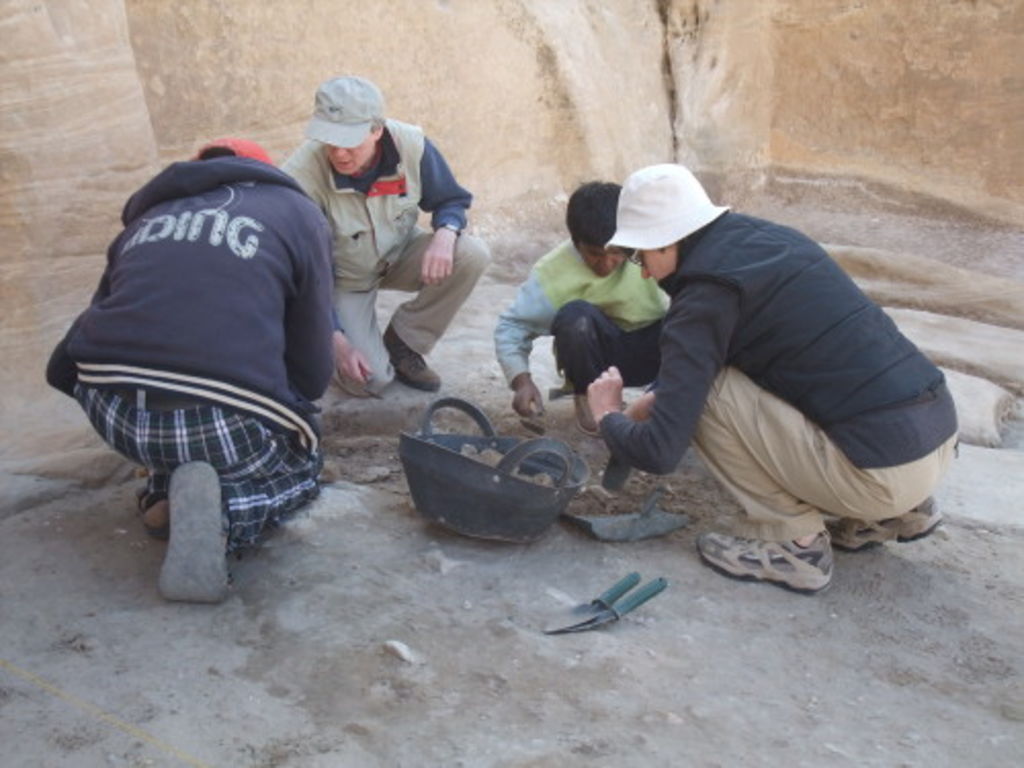
Friday, April 15, 2011
During the whole week there were a lot of students and other visitors coming to visit the international excavations at Petra. In addition to this, Zbigniew Fiema and two ladies from Finnland were arriving directly from Helsinki, in order to participate in the North-Eastern Petra Project that will start next week. Between showing the students and tourists the site and zipping on different welcome drinks, there was not a lot of time left for the teams to work on their excavated material or for writing down the first results on paper. Therefore, they had to catch up on the free days on Friday and Saturday.
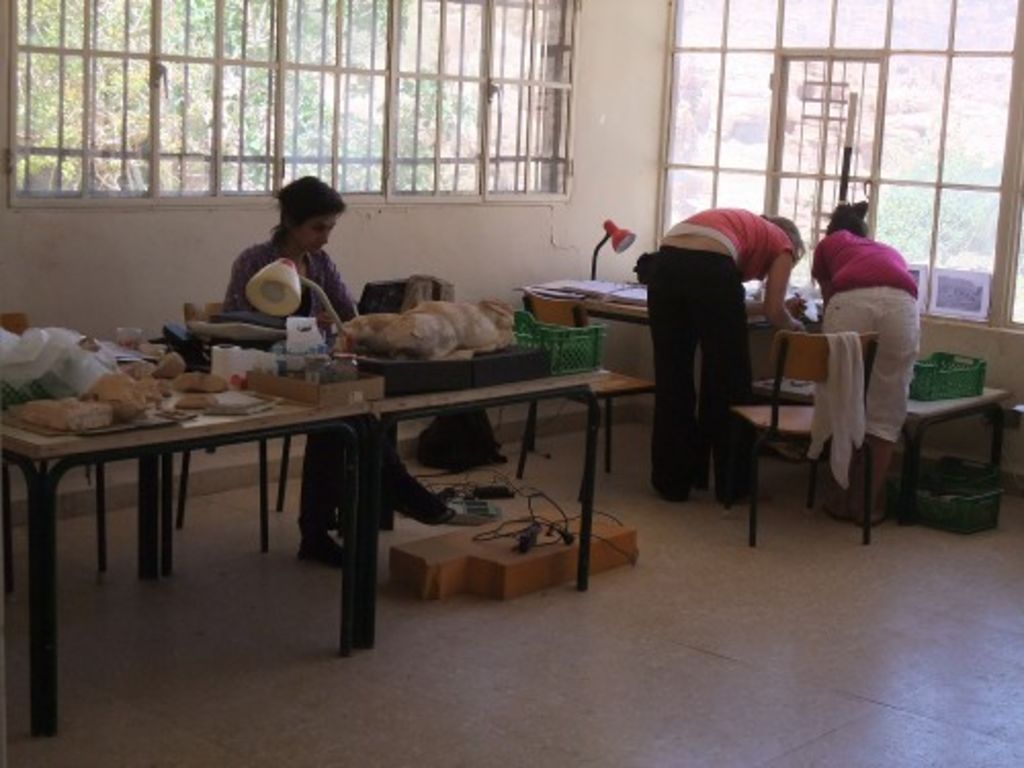
Saturday, April 16, 2011
The weekend marked also the end of a very dense occupation of Nazzal’s Camp. With several projects’ team members coming and going as well as some internal and external visitors, the Camp was so full, that some people even had to sleep on the floor. Strangely enough, other rooms, although almost as heavily used, did not exactly look the same way.
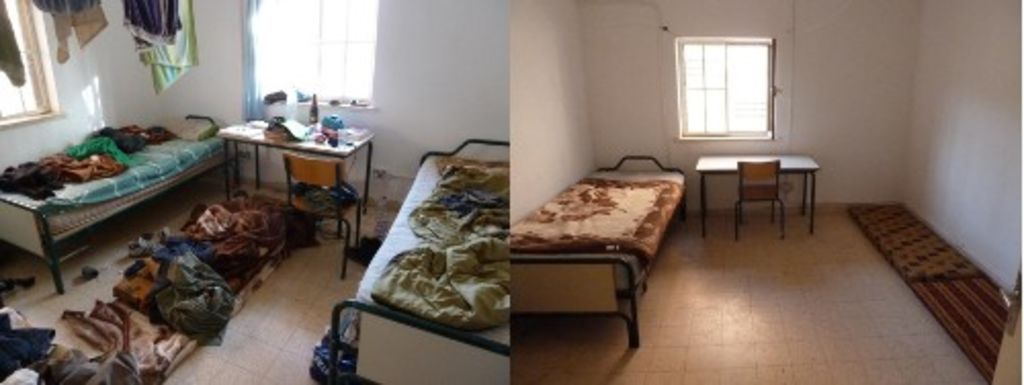
As the Umm el-Biyara excavation came to an end this weekend, we want to thank all the members of that team for their endless joy and steady endurance with a special feature: Will Kennedy doing his famous Umm el-Biyara ska dance.
